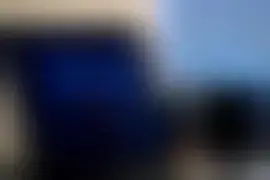The 3,072 snakes captured last year in Ibiza continue the upward trend from 2,007 snakes in 2023 and 2,710 in 2022. According to the councillor, this increase is related to the greater number of traps set in 2024, which were 200 more than the previous year and reached 1,564, while in 2023 1,363 traps were set and in 2022, 1,246.
In Formentera, the 806 snakes caught in 364 traps is down on 2023 but higher than in 2022.
On the smaller island of Ibiza, preventive work has begun outside La Mola, ‘where the invasion of the ladder snake has been kept under control for years’, with the installation of trapping units to locate new hotspots, Simonet explained.
Anna Torres explained that the campaign lasted from mid-March to the beginning of November, with eight field technicians, six in Ibiza and two in Formentera. Torres pointed out that to the balance we must add the captures reported by individuals, which totalled 400 snakes.
The Director General for the Natural Environment emphasised that, through the Consortium for the Recovery of the Fauna of the Balearic Islands (Cofib), 16 islets were also prospected and 43 horseshoe snakes were captured on the island of Santa Eulalia and four more on the island of Murada.
As a new development, a boat was acquired last year and is already operating ‘at full capacity’ for these activities. The manager of Cofib, Miquel Puig, has also emphasised that eight urban reserves for the Pitiusan lizard have been established in the five municipalities of Ibiza and that this year it is planned to create another reserve in Formentera.
Finally, Simonet pointed out that over the next four years almost two million euros from the Sustainable Tourism Tax (ITS) will be allocated to the control of invasive species, and that in addition to intensifying actions on the islets, campaigns to raise awareness among the population will be promoted.


No comments
To be able to write a comment, you have to be registered and logged in
Currently there are no comments.